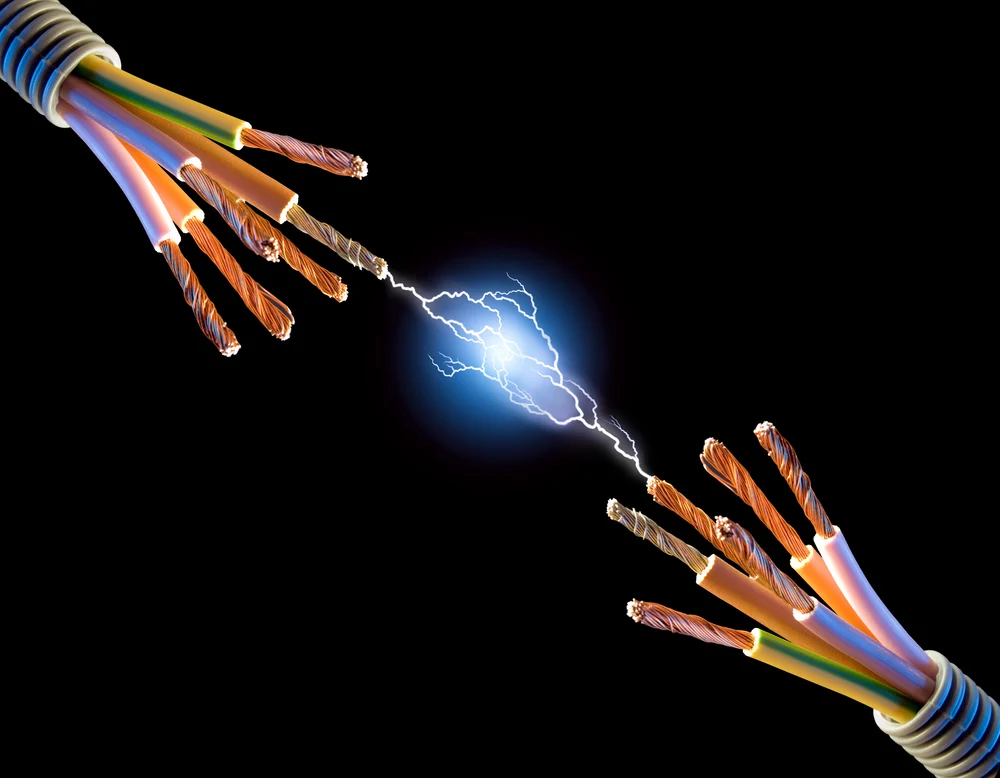Copper Cables: Reliable Foundations for Everyday Connectivity
While fiber optics may lead the way in ultra-high-speed data transmission, copper cables remain a crucial part of modern network infrastructure.

While fiber optics may lead the way in ultra-high-speed data transmission, copper cables remain a crucial part of modern network infrastructure. From local area networks (LANs) to power-over-ethernet (PoE) systems, copper solutions continue to provide cost-effective, reliable, and flexible connectivity in countless environments.
1. Why Copper still counts
Copper cables have been the backbone of telecommunications and electrical systems for decades. With advancements in shielding, speed ratings (Cat5e, Cat6, Cat6A, and beyond), and installation flexibility, they offer excellent performance for:
- Office and home networks
- CCTV and surveillance systems
- Telephony and voice applications
- Power and data combined applications (PoE)
- Structured cabling in commercial buildings
2. Key Benefits of Copper Cabling
✅ Cost-Effective – Lower initial investment for short- to medium-distance runs
✅ Simple Installation – Easy to terminate and integrate into existing networks
✅ Power + Data – Enables Power over Ethernet (PoE), reducing the need for separate power sources
✅ Durable – With proper shielding, copper cables are resilient to mechanical stress and EMI
3. Copper and Fiber: A Smart Hybrid
In many infrastructure projects, copper and fiber work side by side. Fiber delivers the speed and range, while copper brings versatility and power delivery. Together, they form a hybrid system that maximizes performance, especially in enterprise and industrial environments.
Share:













